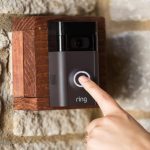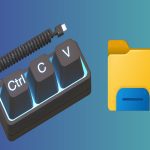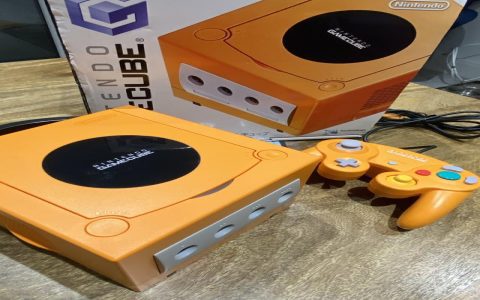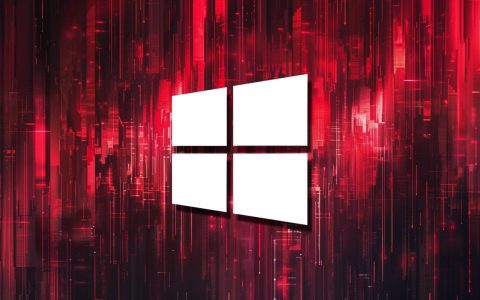Hacking a Wii console, often referred to as "softmodding," involves modifying its system software to enable functionalities not originally intended by the manufacturer. This process unlocks a wide range of capabilities beyond standard gameplay.
Core Concepts and Benefits
The primary goal of hacking a Wii is to install The Homebrew Channel (HBC). This application acts as a launcher for unofficial software, known as homebrew. Benefits include:
- Homebrew Applications: Access to emulators for older consoles, media players, custom games, and utility applications.
- Game Backups: The ability to play game backups from an SD card or USB storage device, reducing wear on the optical drive and physical discs.
- Customization: Modifying the system menu with custom themes or installing tools like Priiloader for advanced system control and brick protection.
- Region-Free Gaming: Playing games from different regions without hardware modification.
- Enhanced Functionality: Tools like USB loaders (e.g., USB Loader GX, Wiiflow) offer improved game management interfaces.
Key Components in Wii Hacking
Several software components are crucial for a successful and safe Wii softmod:
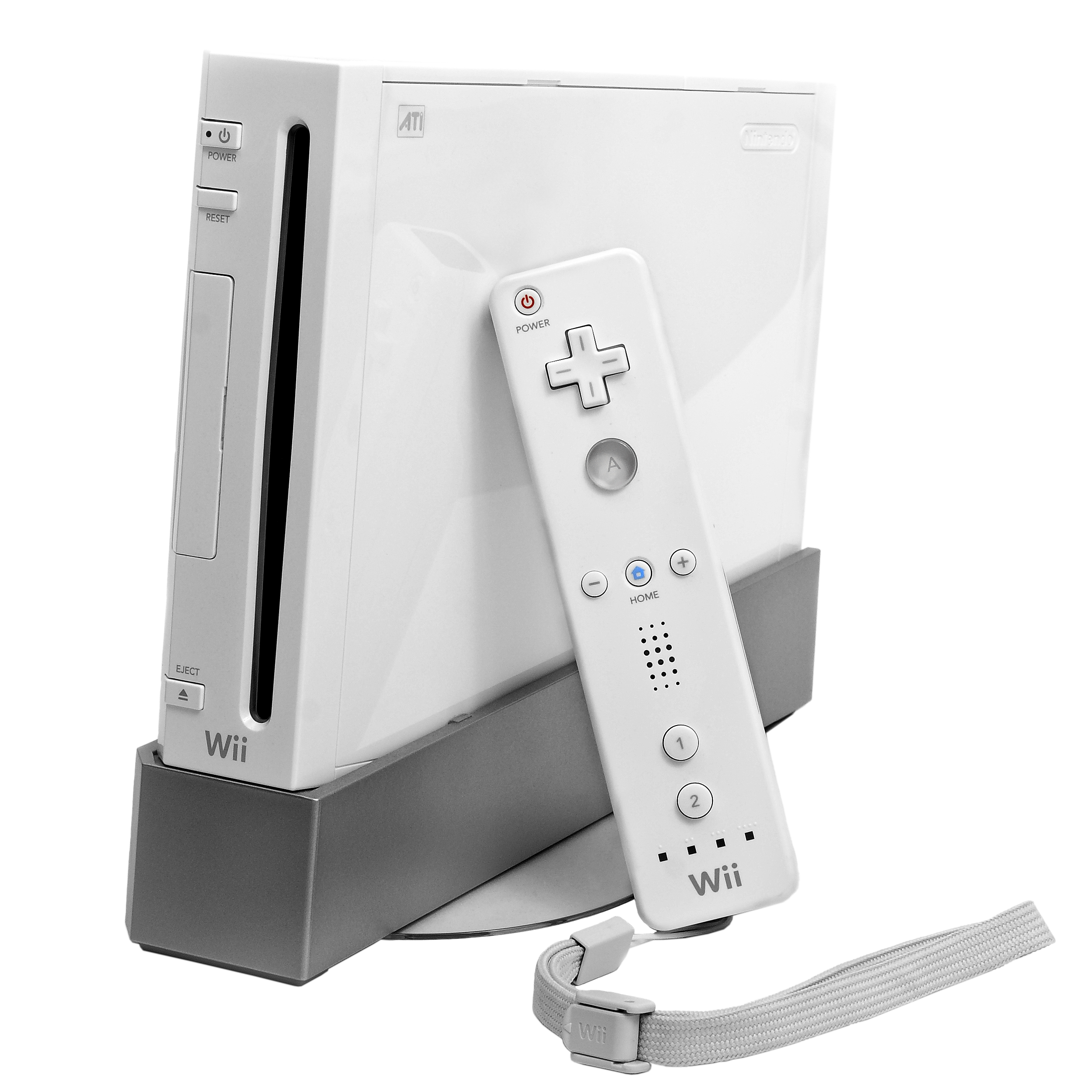
- Exploits: These are vulnerabilities in the official Wii software or games used to initiate the hacking process. Common exploits include LetterBomb (for System Menu 4.3), game-specific save file exploits (e.g., Twilight Hack, Indiana Pwns), or Bannerbomb.
- The Homebrew Channel (HBC): The central application for launching homebrew software.
- BootMii: A piece of software that can be installed either in boot2 (early bootloader, offering the best brick protection) or as an IOS. Its primary function is to create and restore NAND backups (a complete image of the Wii's internal memory).
- Priiloader: Loads before the Wii System Menu, offering brick protection by allowing access to BootMii or the HBC even if the System Menu is corrupted. It also allows for system menu hacks.
- Custom IOS (cIOS): Modified versions of Nintendo's official IOS (Input/Output System) files. These are necessary for many homebrew applications, especially USB loaders and backup managers, to function correctly by providing enhanced hardware access. Common cIOS are d2x cIOS.
General Process Overview
While specific steps vary depending on the Wii's System Menu version and chosen exploit, the general process involves:
- Preparation: Acquiring an SD card (typically 2GB to 32GB, formatted to FAT32) and identifying the Wii's System Menu version.
- Running an Exploit: Using a chosen exploit to execute unsigned code.
- Installing The Homebrew Channel: This is usually done via the HackMii Installer, which is launched by the exploit.
- Installing BootMii and Priiloader: Critical for safety and recovery. A NAND backup using BootMii should be made immediately.
- Installing cIOS: Necessary for advanced homebrew like USB loaders.
Risks and Precautions
Modifying your Wii's software carries risks, the most significant being a "brick" – rendering the console unusable. Precautions are essential:
- Follow Guides Carefully: Use reputable and up-to-date guides specific to your Wii's System Menu version. Deviating from instructions can lead to problems.
- NAND Backup: Creating a NAND backup with BootMii (especially if installed as boot2) is the most critical safety step. This backup can restore your console in case of a soft brick.
- Understand the Risks: While generally safe if procedures are followed, there's always a small chance of issues.
- Avoid Unnecessary Modifications: Only install what you need. Installing outdated or conflicting software can cause instability.
Successfully hacking a Wii console can significantly extend its lifespan and utility, transforming it into a versatile entertainment system. However, proceeding with caution and thorough research is paramount.


